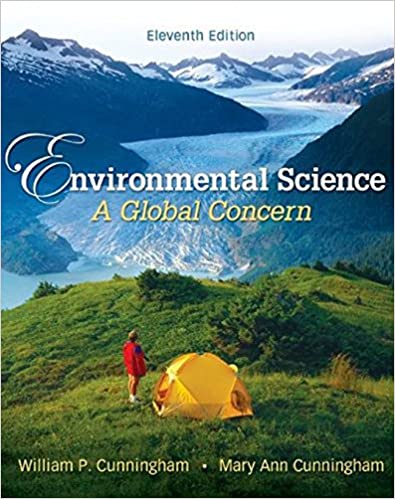
Environmental Science: A Global ConcernEnvironmental Science: A Global Concern 11th Edition by William Cunningham, Mary Ann Cunningham
Edition 11ISBN: 978-0697806451
Environmental Science: A Global ConcernEnvironmental Science: A Global Concern 11th Edition by William Cunningham, Mary Ann Cunningham
Edition 11ISBN: 978-0697806451 Exercise 10
The graph in figure results from a reconnaissance study done by the U.S. Geological Survey. The researchers wanted to assess whether a list of 95 contaminants could be detected at all in public waterways. If you wanted to design a study like this, what sorts of sites would you select for sampling How might your results and your conclusions differ if you did a random sample
FIGURE
Detection frequency of organic, wastewater contaminants in a recent USGS survey. Maximum concentrations in water samples are shown above the bars in micrograms per liter. Dominant substances included DEET insect repellent, caffeine, and triclosan, which comes from antibacterial soaps.

FIGURE
Detection frequency of organic, wastewater contaminants in a recent USGS survey. Maximum concentrations in water samples are shown above the bars in micrograms per liter. Dominant substances included DEET insect repellent, caffeine, and triclosan, which comes from antibacterial soaps.

Explanation
Water is a very important resource for h...
Environmental Science: A Global ConcernEnvironmental Science: A Global Concern 11th Edition by William Cunningham, Mary Ann Cunningham
Why don’t you like this exercise?
Other Minimum 8 character and maximum 255 character
Character 255


